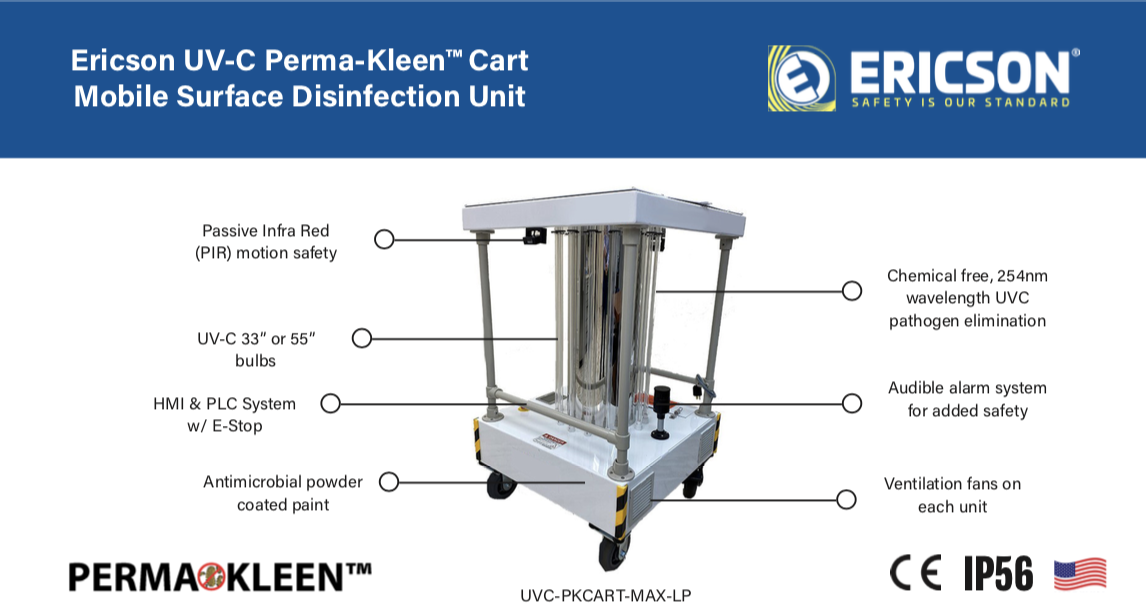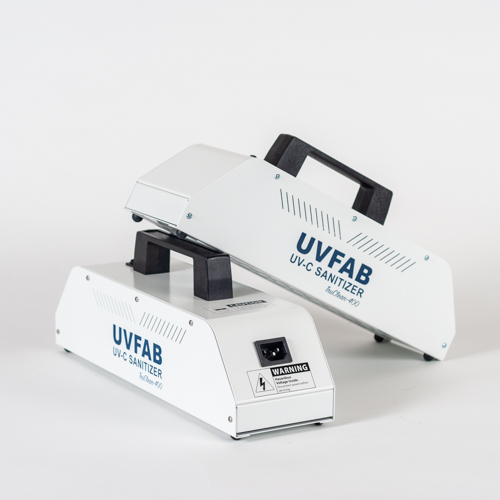Discovering the Perks of Far-UVC Innovation in UV Sanitizers: A Total Introduction
Exploring the Advantages of Far UVC Light: Transforming Indoor Air Top Quality
One such remedy that has gained interest is Far UVC light. Just how specifically does Far UVC light job? In this discussion, we will explore the fascinating world of Much UVC light and uncover its potential in changing the way we safeguard our indoor atmospheres.
Just How Much UVC Light Functions
Much UVC light functions by discharging short-wavelength ultraviolet light that has the capacity to penetrate and suspend microorganisms. Unlike typical UV light, which can be damaging to human skin and eyes, far UVC light has a much shorter wavelength that is absorbed by the outer layers of human skin, avoiding it from reaching the underlying living cells. This makes it a reliable and secure option for constant sanitation in busy spaces.
When much UVC light is released, it interacts with the DNA and RNA of microorganisms, consisting of viruses and germs, disrupting their capacity to replicate and creating them to end up being non-active. The high energy of the short-wavelength light damages the molecular structure of the genetic product, avoiding the microorganisms from duplicating and spreading.

In addition, far UVC light can be conveniently incorporated into existing lighting fixtures, making it an economical remedy for a large variety of applications, including health care facilities, schools, offices, and public transport. Its ability to continually decontaminate busy spaces without posing a threat to human health and wellness makes far UVC light a promising technology in the field of indoor air quality management.
Much UVC Light's Effect on Airborne Pathogens
The influence of much UVC light on air-borne microorganisms is significant in minimizing the transmission of transmittable illness and enhancing interior air top quality. Far UVC light refers to a details array of ultraviolet light that has a wavelength between 207 and 222 nanometers. Unlike standard UVC light, which is hazardous to human skin and eyes, much UVC light has been discovered to be safe for human beings while still being reliable against virus.
Studies have actually shown that much UVC light has the capacity to inactivate a vast variety of airborne infections, including the influenza virus and the coronavirus (far-uvc). These pathogens are transmitted via respiratory system droplets, and by utilizing much UVC light, it is feasible to decrease their viability and stop their spread
Among the key advantages of using far UVC light is its capacity to get to all areas of a space. Unlike various other sanitation techniques that may have limited reach, much UVC light can be set up in overhead lighting components, guaranteeing that the whole space is dealt with. This makes it particularly reliable in congested locations such as healthcare facilities, colleges, and public transport.
Moreover, far UVC light can be used continually without posing a threat to human wellness. It can be implemented as component of a detailed method to enhance interior air top quality by decreasing the focus of air-borne microorganisms. By including much UVC light right into existing air flow systems, it is feasible to develop more secure and much healthier interior environments.
Health And Wellness Conveniences of Far UVC Light
Making you can look here use of far UVC light supplies various health and wellness advantages, making it a valuable device in promoting public health and wellness and safety and security. Far UVC light has been discovered to properly kill air-borne virus, such as infections and germs, without harming human skin or eyes. This makes it an optimal solution for sanitizing indoor settings and minimizing the danger of infections.
One of the essential health advantages of far UVC light is its capacity to deal with the spread of airborne illness. Researches have revealed that far UVC light can successfully inactivate viruses like influenza and tuberculosis. By installing much UVC lights in public areas, such as institutions, health centers, and offices, the transmission of these diseases can be dramatically reduced.
Moreover, much UVC light has been found to be risk-free for continuous direct exposure, as it does not create skin damage or increase the risk of skin cancer cells. This is due to the reality that far UVC light has a restricted variety of infiltration in human skin, stopping any type of harm to much deeper layers.
Along with its straight impact on air-borne pathogens, far UVC light can additionally have indirect health and wellness advantages. By decreasing the presence of hazardous bacteria airborne, it can improve interior air high quality, bring about a decline in respiratory symptoms and allergies.
Much UVC Light's Function in Lowering Irritants

Far UVC light, with its wavelength in the series of 207 to 222 nanometers, has been verified to be efficient in suspending infections, bacteria, and fungi. Current researches have likewise shown that it can efficiently decrease the presence of irritants in indoor areas. When far UVC light is given off, it engages with the DNA and RNA of bacteria, damaging their genetic material and avoiding their replication.
Far UVC Light's Possible in Public Spaces
With its proven efficiency in minimizing irritants and inactivating bacteria, far UVC light holds terrific prospective for application in public rooms. Public areas, such as healthcare facilities, institutions, airport terminals, and offices, are commonly crowded and prone to the spread of airborne diseases. Integrating far UVC light modern technology in these locations you can look here can considerably improve indoor air top quality and minimize the transmission of hazardous virus.
One promising application of far UVC light in public areas is in air flow systems - far-uvc. By mounting much UVC lights in cooling and heating systems, the modern technology can decontaminate the air as it circulates, successfully minimizing the concentration of airborne viruses and microorganisms. This approach can aid protect against the spread of conditions such as influenza, tuberculosis, and COVID-19, advertising a much healthier and much safer atmosphere for residents
Additionally, far UVC light can be employed in the sanitation of regularly touched surfaces. High-touch locations in public spaces, such as doorknobs, hand rails, and elevator switches, can harbor a wide range of pathogens. By purposefully placing much UVC light resources in these areas, the technology can constantly disinfect surfaces, lowering the risk of contamination and transmission.
Furthermore, making use of much UVC light in public areas is safe for human direct exposure. Unlike traditional UVC light, which can be damaging to human skin and eyes, much UVC light has been confirmed to be risk-free and safe for constant operation in busy areas. This makes it a perfect solution for boosting indoor air quality without posturing any kind of wellness risks to people.
Verdict

Far UVC light functions by sending out short-wavelength ultraviolet light that has the capacity to pass through and suspend microorganisms. Unlike traditional UV light, which can be hazardous to human skin and eyes, far UVC light has a shorter wavelength that is absorbed by the outer layers of human skin, stopping it from getting to the underlying living cells. Much UVC light refers to a certain array of ultraviolet light that has a wavelength between 207 and 222 nanometers. Unlike conventional UVC light, which is hazardous to human skin and eyes, far UVC light has been found to be secure for human beings while still being efficient against pathogens.
Unlike conventional UVC light, which can be hazardous to human skin and eyes, much UVC light has actually been confirmed to be non-toxic and safe for continuous procedure in busy areas.